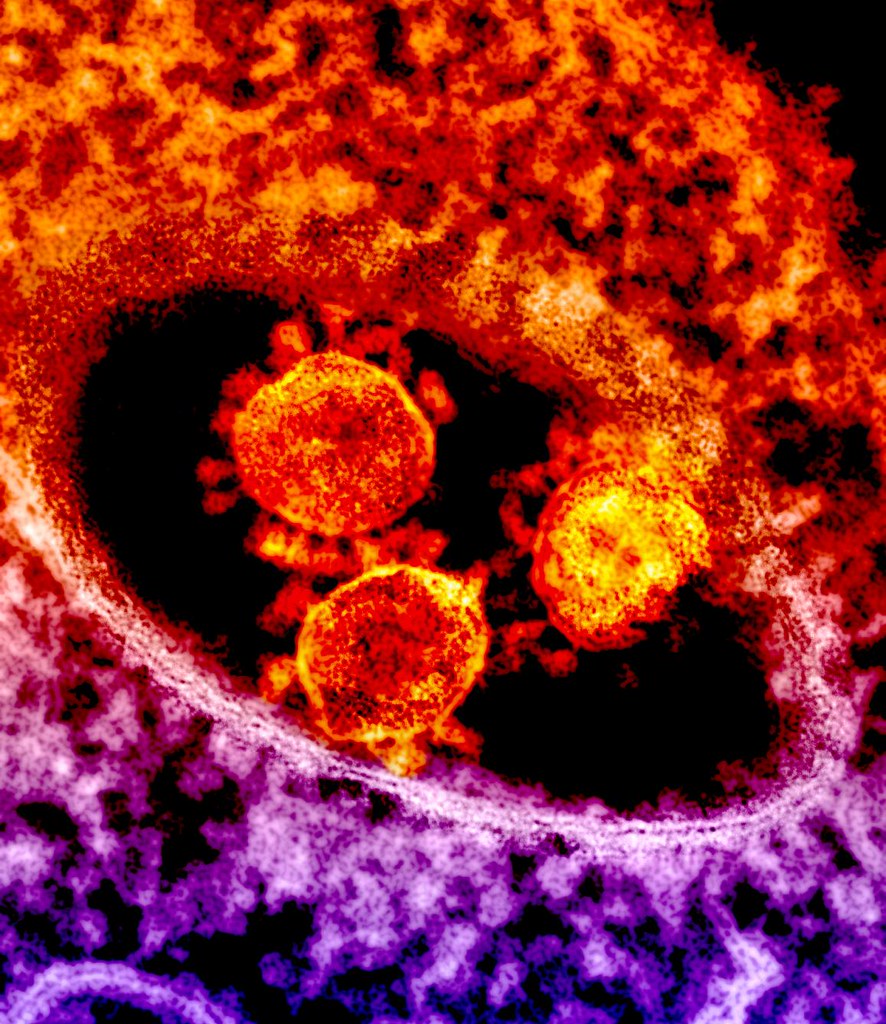Despite its unconfirmed effects being flaunted by President Donald Trump, the anti-malarial drug chloroquine might actually be effective against the coronavirus. Pharmacology researchers from the virus’s epicenter in Wuhan, China found that chloroquine inhibited the coronavirus in vitro, or within a laboratory environment. These findings, in addition to chloroquine’s proven safety at dosages used to treat malaria, have prompted New York officials to distribute the drug throughout the state’s hospital systems.
An anonymous New York official told the Washington Post the plan to use this drug “is something that normally would have been done in six to nine months and we’re doing it in three or four days.”
Importantly, chloroquine was tested by the Chinese team at dosages thought to be safe in humans. While the research team was unable to perform human studies, they discovered that coronavirus growth within monkey cells was inhibited by chloroquine. This drug was selected due to early evidence of antiviral effects and its ability to spread widely throughout the body. While several compounds were tested in the experiment, chloroquine and remdesivir—a potential Ebola treatment—were the most effective.

“The Chancellor Rishi Sunak visits a coronavirus testing laboratory in Leeds” by HM Treasury is licensed under CC BY-NC-ND 2.0
Chloroquine has also been found to spread to human lungs following oral administration. This is an imperative characteristic given the virus’s detrimental effects on lungs and breathing. Chloroquine is also available inexpensively, making it of particular interest given the pandemic’s unrelenting grip on economies and medical resources.
With coronavirus cases in the U.S. topping those of any other country, novel treatments are needed for this novel virus. The rolling out of chloroquine in New York will help the government gather data part of an observational trial.
Citation
Wang et al. 2020. Remdesivir and chloroquine effectively inhibit the recently emerged novel coronavirus (2019-nCoV) in vitro. Cell: 269-271.

Sherzilla
Great article! It sheds light on a topic that everyone is curious about. There is a lot of interest in Chloroquine right now.
Lauren Kageler
I will be interested to see what the data looks like from the New York hospitals that are administering Chloroquine currently.